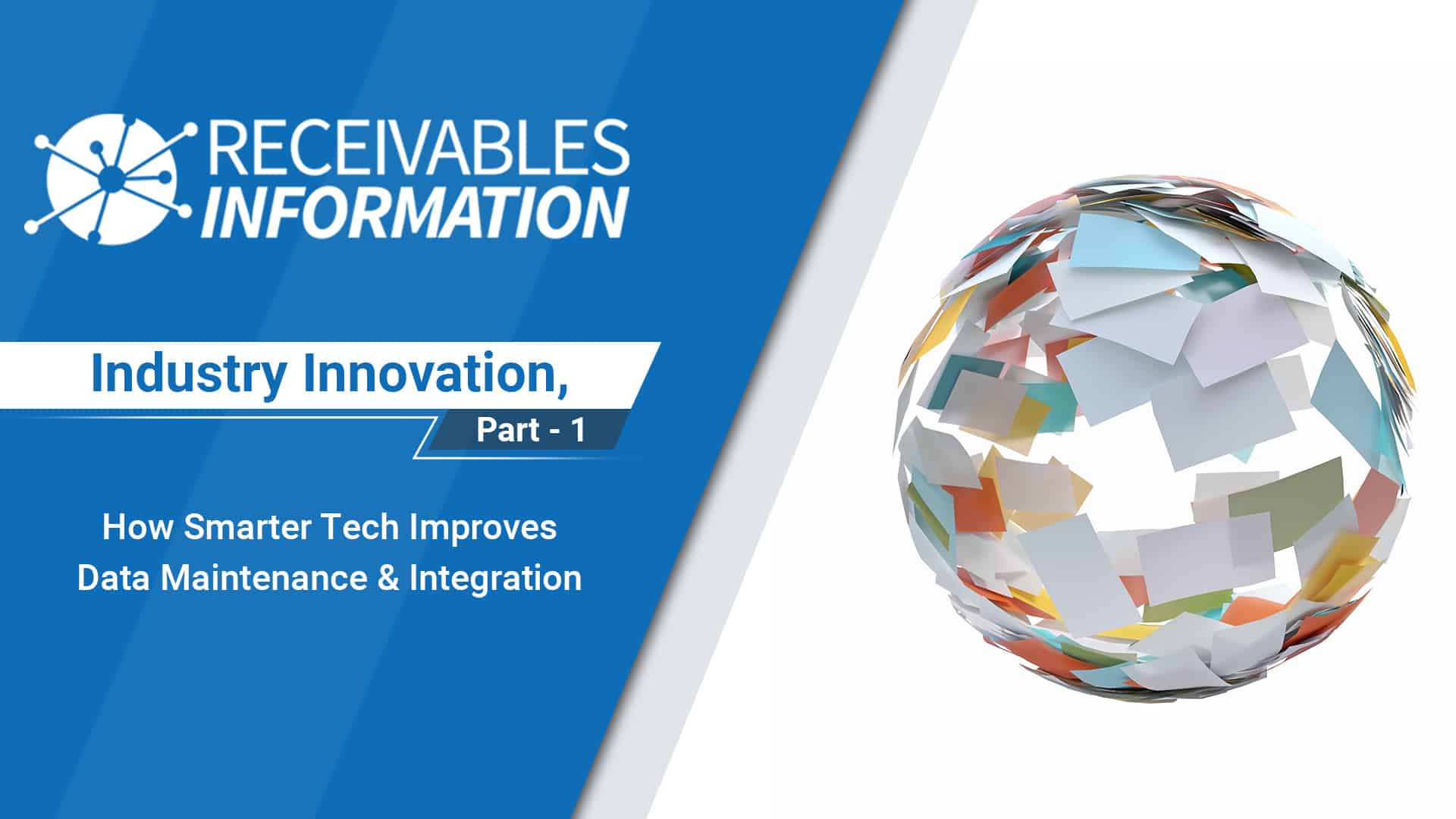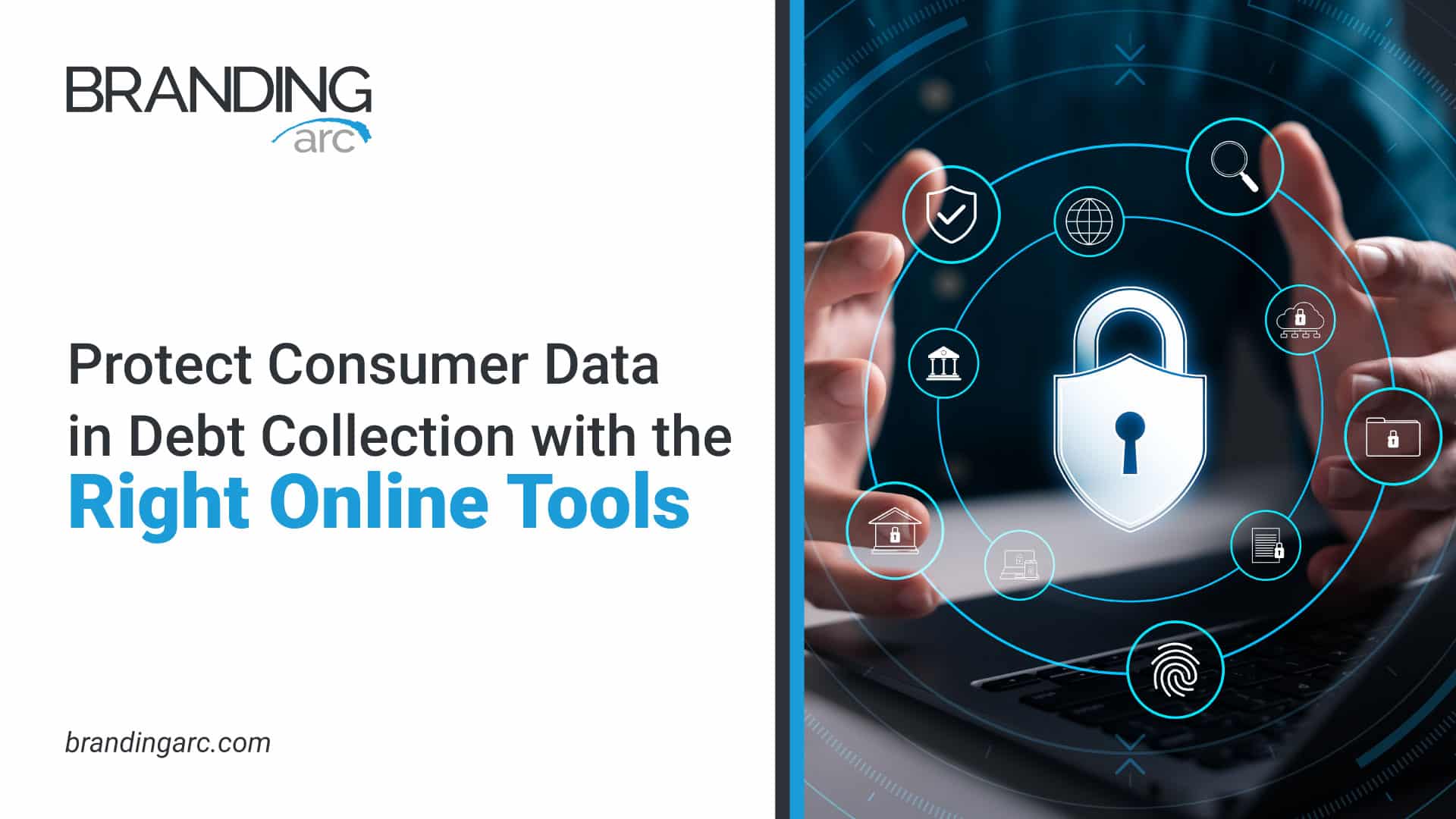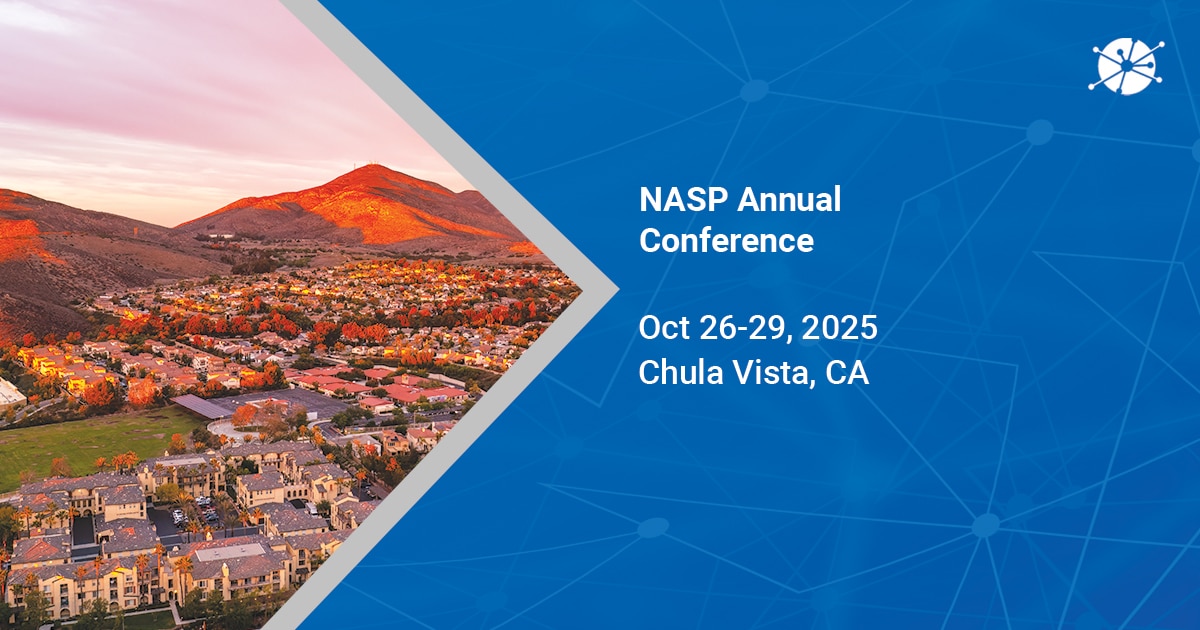
Industry Innovation, Part 1: How Smarter Tech Improves Data Maintenance & Integration
It could be said that the receivables management industry is sitting squarely in the midst of a major overhaul. Over the past decade, news and entertainment media have perpetuated negative perceptions of the industry. While the industry certainly has a reputation to shake, those of us on the inside know that most of the negative stereotypes represent an extreme minority rather than a majority and that recovery services play an important role in the credit ecosystem. Still, many industry veterans would willingly concede that increased regulation, trade association activity, and especially technology developments have and still are making the industry and collection process itself significantly better for consumers and industry professionals alike.
Here is a brief overview of how technology in particular is helping to revolutionize recovery operations and prevent pitfalls. We believe that when new talent is empowered to better understand things like the importance of the industry in the broader financial services space, contributing factors for the current industry reputation, and reasons why the future is brighter than ever, we will all move forward stronger together.
Old Days of Account-Level Data
It’s fair to say that there have been some challenges historically in account-level data maintenance and integration throughout the life cycle of an account. Even with the best of intentions, debt buyers, account managers, and collectors have at times found their hands somewhat tied by various limiting factors when it came to being able to provide thorough and transparent account-level records to inquiring consumers. Consumer dissatisfaction in such scenarios was sometimes a case of the server receiving the blame for the bad food; while recovery is a critically important part of the credit ecosystem, the system of recovery itself was not always well-anticipated by creditors. It was often an afterthought, an ad hoc add-on, the last-ditch effort. Transferring comprehensive bulk account data at point-of-sale from creditor to creditor or from creditor to collector was sometimes extremely difficult, cost-prohibitive, or simply not possible.
In the past, paper files had to be digitized and stored; servers, platforms, and file types ran a wide, sometimes incongruent gamut; and consumer addresses and phone numbers changed over time—just to name a few of many factors. Adding to the possible kinks in the system, creditors may have experienced mergers or acquisitions during the life of an account, which sometimes affected account number changes, creditor name changes, software conversions, and more. When it finally came time for attempting recovery efforts and transferring data to a collector or debt buyer, the notes and documents associated with an account were not always as thorough or available as would be ideal. Suffice it to say, a more localized, paper-centric business model did not always lend itself well to optimal document tracking and the technology to improve was often not yet available.
Data Integration of the Future
Today, the norm for all types of originating creditors has largely become or is in the process of becoming paperless communications, digital document signing, electronic payments, and other forms of digital data maintenance. If and when recovery services are needed for a particular account, the data of the future is much more likely to be available, accurate, and digitally accessible than the data of the past.
As for consumer contact, many creditors now collect email addresses at the point of application or contract. As email addresses often remain the same much longer than physical or mailing addresses, much of the time and expense (not to mention the potential for compliance issues and consumer frustration) spent on attempting to call or write a consumer will become far more avoidable. Online self-service portals are stepping in as more consumer-friendly paths to account resolution, with options like automated set-up of flexible or alternative payment options, validation documents readily available by portal or email, unobtrusive text payment reminders, and more.
When outbound calls are needed or inbound calls are received, call recording and auditing are much easier and more affordable than in the past, so receivables management professionals will more easily be able to determine, track, and mitigate possible compliance issues and better understand an account’s history. Digital paper trails from origination to post-sale are becoming increasingly easier to maintain thanks to technology advancements like cloud computing and more that impact all industries and increase potential for more seamless data transfer and integration across companies.
Final Thoughts
This is an extremely abbreviated fly-over of some of the reasons technology is actively in the process of transforming the way we do collections and greatly increasing the potential for consumer satisfaction. These factors combined with increased standardization through federal regulation and self-regulation (through associations and standards like RMAI’s Certification Program and ACA’s Designation Options) are leading to the increased ability to work with creditors and their customers through professional partnerships marked with mutual trust and more systematic data integration throughout the entire revenue cycle. The industry is here to stay, and its reputation is only headed up as more and more companies are proving that it is indeed possible to work in this industry without harming, but helping, consumers. That’s a win for all involved.
In future installments of this article series, we’ll cover more about how the industry has pivoted to adapt to federal regulations, grown trade associations to promote standards of best practice, revolutionized consumer communication practices, and shifted from a mindset of “debtor” to “consumer.”
About Receivables Info
The Receivables Info team is led by receivables management industry veterans who wanted to create a website for the industry, by the industry. Their goal is to provide a voice to high-quality debt buyers, collection agencies, law firms, and industry veterans to share information about their businesses and their place within the marketplace and the community. The website provides relevant news alerts, articles, videos, and other receivables-related information to industry partners and colleagues around the industry and the globe. Receivables Info is also home to financial education resources for consumers through series like Money Chat.
The information contained in this article is meant to serve as general guidance for entry-level to mid-level ARM industry professionals and is not meant to serve as comprehensive business, legal, or financial advice.









